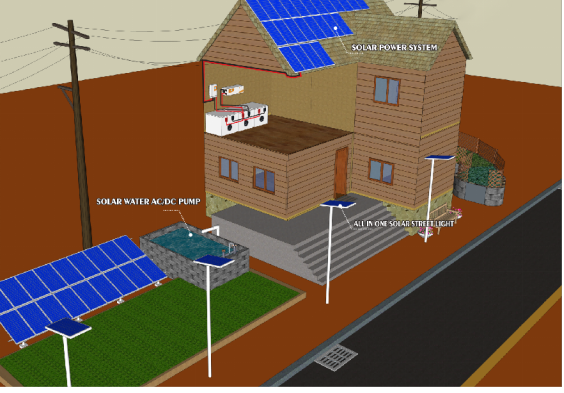The installation of solar inverters is crucial for achieving optimum results in solar power generation. It requires careful planning and execution to ensure the smooth operation of the entire solar energy system. With proper installation and regular maintenance, solar inverters can provide years of uninterrupted service.
Whether you choose a professional installation or a do-it-yourself solar project, it is important to follow a few key tips. These tips are designed to enhance the performance and longevity of your photovoltaic (PV) inverter.
The Tips of Install Maintenance
Firstly, thorough planning is essential before installing a solar inverter. Assess the space available and determine the best location for the inverter. Avoid areas prone to excessive heat or direct sunlight as this can affect the efficiency of the inverter. Adequate ventilation is also essential to prevent overheating.
When choosing an inverter, consider factors such as power capacity and efficiency. Research different options and choose an inverter that matches the capacity of your solar panels and the energy needs of your household. If necessary, consult a professional to ensure compatibility and optimum performance.
Pay attention to the wiring connections during installation. Faulty connections can lead to poor performance, increased energy loss, and potential safety hazards. Follow the manufacturer’s guidelines and consult a professional if necessary to ensure proper installation and wiring.
It is important to protect the solar inverter from the environment. Install it in a sealed enclosure to protect it from dust, moisture, and extreme temperature fluctuations. Clean the inverter regularly and ensure that surrounding vegetation or objects do not obstruct the airflow.
Routine maintenance is essential to ensure the smooth operation of your solar inverter. Keep an eye on the inverter’s performance indicators and correct any faults or malfunctions immediately. Regularly inspect the physical condition of the inverter, including loose wires, corrosion, or signs of damage.
Monitoring solar production and evaluating the performance of the inverter is critical to identifying potential problems. By analyzing the production data, you can easily detect any anomalies and take appropriate action. There are several monitoring systems available that provide real-time data, allowing you to stay informed about the efficiency of your solar power system.
Although solar inverters are designed to last, they may require occasional firmware updates. Follow the manufacturer’s recommendations and update the inverter’s firmware as necessary. This will ensure that you have access to the latest features, improvements, and bug fixes.
Conclusion
In conclusion, installing and maintaining a solar inverter requires careful consideration and care. Proper planning, accurate installation, and regular maintenance are essential to achieve optimum results and extend the life of your PV inverter. By following these important tips, you can enjoy years of trouble-free solar energy production and contribute to a greener future.
Post time: Jul-23-2023
